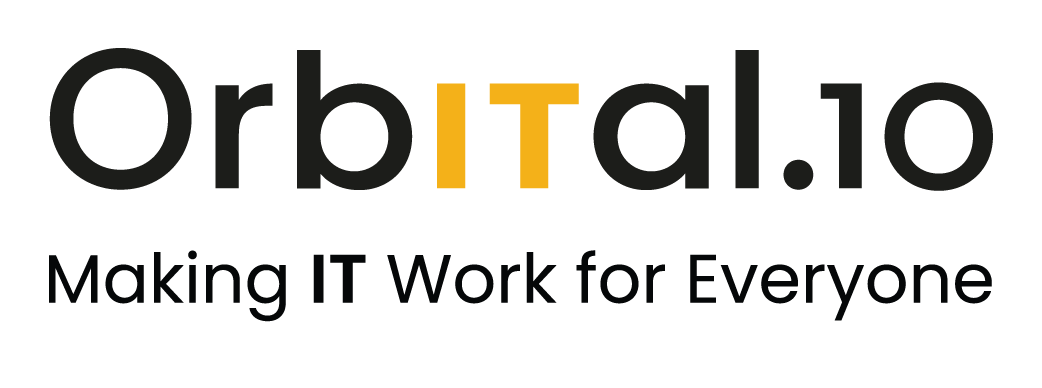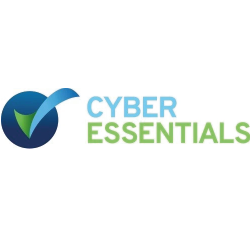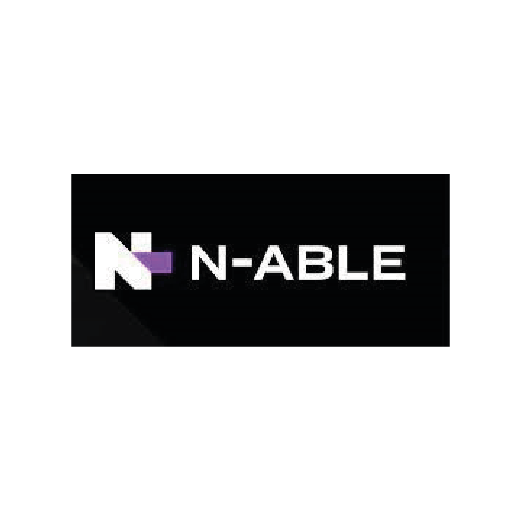6 things you should do to handle data privacy updates.
Once data began going digital, authorities realised a need to protect it, hence the creation of data privacy rules and regulations to address cyber threats. Many organisations have one or more data privacy policies they need to meet.
Organisations must be aware of these compliance requirements. But they also need to know about updates to these rules. By the end of 2024, about 75% of the population will have its data protected by one or more privacy regulations.
Businesses must stay on top of their data privacy compliance requirements, otherwise they can suffer. Many standards carry stiff penalties for a data breach and if security was lacking, fines can be even higher.
We have some tips below for you to help you keep up with data privacy updates coming your way.
Steps for Staying On Top of Data Privacy Compliance
1. Identify the Regulations You Need to Follow
Does your organisation have a list of the different data privacy rules it falls under? There could be regulations for:
· Industry
· Where you sell (e.g., if you sell to the EU)
· Statewide
· City or county
· Government
Identify all the various data privacy regulations that you may be subject to. This helps ensure you’re not caught off guard by one you didn’t know about.
2. Stay Aware of Data Privacy Regulation Updates
Don’t get blindsided by a data privacy rule change. You can stay on top of any changes by signing up for updates on the appropriate website. Look for the official website for the compliance authority - you should do this for each of the regulations your business falls under.
You should also have updates sent to more than one person. This ensures they don’t get missed if someone is on annual leave or tied up on a project.
3. Do an Annual Review of Your Data Security Standards
Companies are always evolving their technology. This doesn’t always mean a big enterprise transition - sometimes you may add a new server or a new computer to the mix. Any changes to your IT environment can mean falling out of compliance. A new employee mobile device added, but not properly protected is a problem. One new cloud tool an employee decides to use can also cause a compliance issue.
It’s important to do at least an annual review of your data security, or maybe even quarterly for rapidly expanding or larger organisations. Match that with your data privacy compliance requirements to make sure you’re still good.
4. Audit Your Security Policies and Procedures
Something else you should audit at least annually is your policies and procedures. These written documents that tell employees what’s expected from them. They also give direction when it comes to data privacy and how to handle a breach.
Audit your security policies annually. Additionally, audit them whenever there is a data privacy regulation update. You want to ensure that you’re encompassing any new changes to your requirements.
5. Update Your Technical, Physical & Administrative Safeguards As Needed
When you receive a notification that a data privacy update is coming, plan ahead. It’s best to comply before the rule kicks in, if possible.
Look at three areas of your IT security:
· Technical safeguards – Systems, devices, software, etc.
· Administrative safeguards – Policies, manuals, training, etc.
· Physical safeguards – Doors, keypads, building security, etc.
6. Keep Employees Trained on Compliance and Data Privacy Policies
Employees should be aware of any changes to data privacy policies that impact them. When you receive news about an upcoming update, add this to your ongoing training. Good cybersecurity practice is to conduct ongoing cybersecurity training for staff - this keeps their anti-breach skills sharp and reminds them of what’s expected. Include updates they need to know about so they can be properly prepared.
Remember to always log your training activities. It’s a good idea to log the date, the employees educated, and the topic. This way, you have this documentation if you do suffer a breach at some point.
Get Help Ensuring Your Systems Meet Compliance Needs
Data privacy compliance can be complex, but you don’t have to figure it all out yourself. Our team is well-versed in compliance needs and also Cyber Essentials certification. Give us a call today to chat through what you may need >
Cyber Essentials, Data Protection, Data Compliance, Cybersecurity
Article used with permission from The Technology Press.
Source: https://www.gartner.com/en/newsroom/press-releases/2022-05-31-gartner-identifies-top-five-trends-in-privacy-through-2024



























